ChatGPT:
A caravanserai is a roadside inn built to house travelers and their caravans, especially along trade routes in Asia, North Africa, and the Middle East. The term “caravanserai” comes from the Persian words “karvān” (caravan) and “sara” (palace or building), meaning a place where caravans would rest and recover from the day’s journey.
Caravanserais were typically spaced at intervals of about 20 to 40 kilometers (12 to 25 miles) apart, depending on the terrain and the specific trade route. This distance was practical for a day’s travel by caravan, allowing travelers and their animals to rest and resupply at each stop. The exact distance could vary based on factors like geography, climate, and the density of trade in the area.
These structures were crucial during historical periods for facilitating trade and travel across vast and often hostile territories.
Caravanserais provided not only lodging but also food, supplies, and sometimes workshops or markets, playing a significant role in the cultural and economic exchange along the Silk Road and other trade routes.
Caravanserais were prevalent along major trade routes in various regions, and their names and architectural styles varied depending on the local culture and language. Here are some examples from different parts of the world:
- Middle East and Central Asia:
- Persia (Iran): Known as “caravanserai” or “khanaqah.”
- Turkey: Called “han” or “kervansaray.”
- Afghanistan: Referred to as “serai” or “caravanserai.”
- North Africa:
- Morocco: Known as “fondouk” or “foundouk.”
- Egypt: Often called “khan.”
- South Asia:
- India: Referred to as “sarai” or “caravanserai.”
- East Asia:
- China: While not as common, similar structures were part of the Silk Road network and were sometimes called “zhanzilou” (驿站楼).
- The Caucasus:
- Armenia: Known as “caravanatoun.”
- Georgia: Referred to as “karvasla.”
These establishments shared the common purpose of providing shelter, food, and safety for travelers and their animals, fostering trade and cultural exchanges across regions.

The origins of the caravanserai trace back to ancient times, with their development closely linked to the rise of long-distance trade routes across Asia, the Middle East, and North Africa. Here’s a brief overview of their history:
Origins
Ancient Near East:
The concept of caravanserais can be traced back to the Achaemenid Empire (550–330 BCE) in ancient Persia, where the royal road system included way stations for travelers and messengers.
The Assyrian and Babylonian empires also had similar way stations to support military and trade expeditions.
Silk Road:
The Silk Road, which began around the 2nd century BCE, played a pivotal role in the establishment of caravanserais. These inns provided essential services for traders moving goods between China, Central Asia, Persia, and the Mediterranean.
Development
Islamic Golden Age (8th to 14th centuries):
During this period, the Islamic caliphates, particularly the Abbasid Caliphate, saw a proliferation of caravanserais. These were strategically located along trade routes to support the flourishing trade networks.
Caravanserais during this era became sophisticated structures with facilities for lodging, food, stables, and markets.
Ottoman Empire (14th to early 20th century):
The Ottoman Empire built numerous caravanserais, known as “hans,” across its vast territories, from the Balkans to the Middle East.
These were often grand architectural feats, sometimes funded by sultans or wealthy patrons, reflecting the importance of commerce in the empire.
Safavid and Mughal Empires:
In Persia, under the Safavid dynasty (16th to 18th centuries), caravanserais were extensively constructed along major trade routes, enhancing trade and cultural exchange.
In India, the Mughal Empire (16th to 19th centuries) built “sarais,” serving both travelers and imperial postal services.
Decline
Modern Era:
With the advent of modern transportation and the decline of traditional trade routes, the use of caravanserais diminished.
Many of these historical structures fell into disrepair, while others were repurposed or preserved as cultural heritage sites.
Legacy
Today, caravanserais stand as a testament to the rich history of trade and cultural exchange across ancient and medieval Eurasia. They reflect the architectural ingenuity and economic significance of the regions they served, and many have been restored as tourist attractions and museums.
Caravanserais were designed to cater to the needs of travelers and their animals, providing a safe and comfortable resting place along trade routes. The architecture and features of caravanserais varied by region, but they generally shared several common elements:
General Architecture and Features
- Layout:
- Rectangular or Square Plan: Most caravanserais had a rectangular or square layout with a central courtyard.
- Enclosed Walls: High, sturdy walls surrounded the complex to provide security against bandits and wild animals.
- Entrance:
- Grand Gateway: A large, often elaborately decorated entrance gate provided access to the caravanserai. The gate was sometimes flanked by defensive towers.
- Single Entrance: To control access and ensure security, there was typically only one main entrance.
- Central Courtyard:
- Open Space: The central courtyard served as a multipurpose area for unloading goods, socializing, and caring for animals.
- Water Source: A well or fountain was usually located in the courtyard to provide water for both travelers and animals.
- Accommodation:
- Guest Rooms: Small rooms lined the courtyard, offering basic sleeping quarters for travelers. These rooms were often bare, with travelers using their own bedding.
- Animal Stalls: Stables or stalls for camels, horses, and other animals were typically situated on the ground floor or in separate sections of the courtyard.
- Storage and Trade:
- Warehouses: Secure storage rooms for goods and trade items were often available.
- Shops and Workshops: Some larger caravanserais included shops and workshops for repairing goods or conducting trade.
- Additional Facilities:
- Bathhouses: Hammams or bathhouses provided hygiene facilities for travelers.
- Mosques and Prayer Rooms: Many caravanserais had a small mosque or prayer room for Muslim travelers.
- Kitchens and Dining Areas: Communal kitchens and dining areas were sometimes provided for preparing and consuming meals.
Functions
- Rest and Shelter:
- Caravanserais provided a safe resting place for travelers and their animals, protecting them from the elements and potential threats.
- Trade and Commerce:
- These inns facilitated trade by providing secure storage for goods and a marketplace for exchanging items. They often became hubs of commercial activity.
- Cultural Exchange:
- As travelers from diverse regions converged at caravanserais, they became centers of cultural exchange, where ideas, languages, and traditions were shared.
- Logistical Support:
- Caravanserais offered essential services such as food, water, and medical care for both people and animals. Blacksmiths, veterinarians, and other specialists were sometimes available.
- Administrative and Military Roles:
- Some caravanserais served as administrative posts or military outposts, helping to maintain control and order along trade routes.
Overall, the architecture and functions of caravanserais made them indispensable to the economic and cultural vitality of the regions they served, fostering trade, travel, and communication across vast distances.
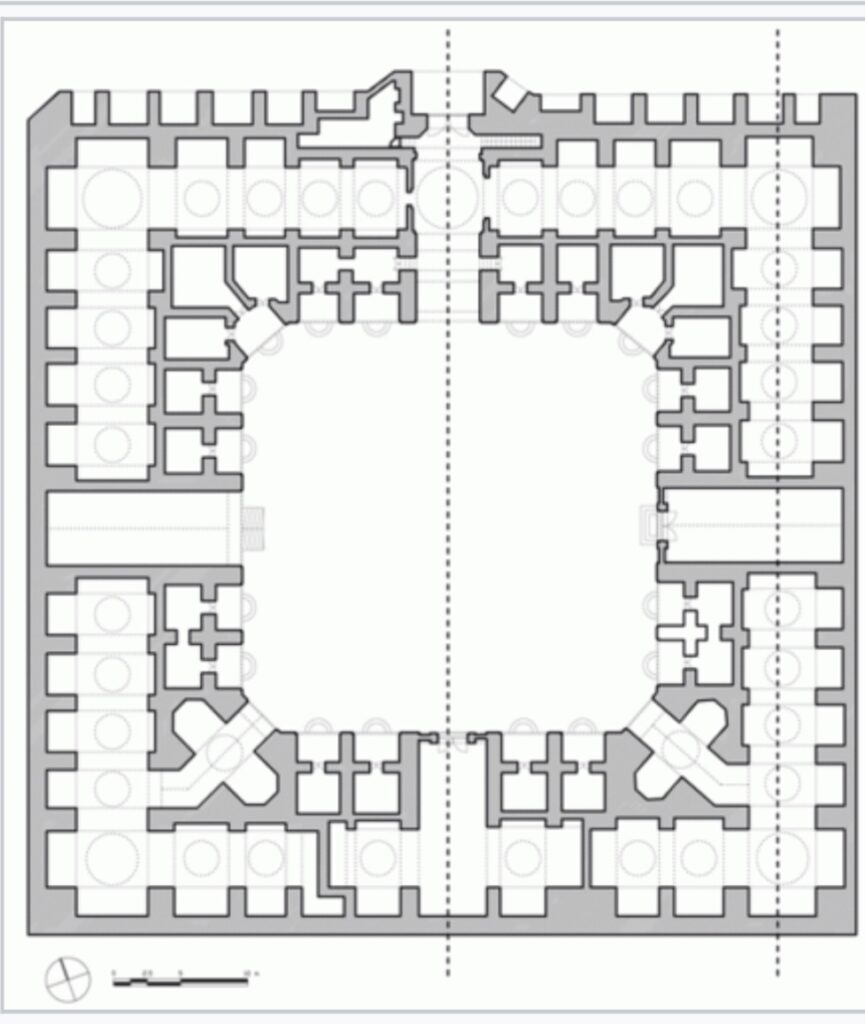
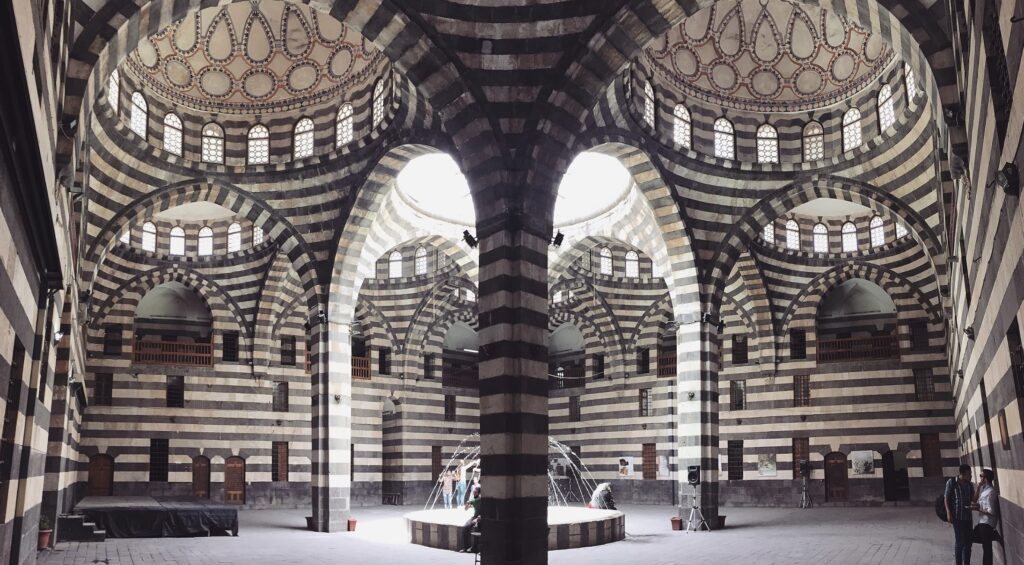
Here are some well-known remaining caravanserais in different regions, showcasing their historical significance and architectural splendor:
Middle East
- Iran:
- Caravanserai of Sa’d al-Saltaneh in Qazvin: One of the largest urban caravanserais in Iran, dating back to the Qajar era.
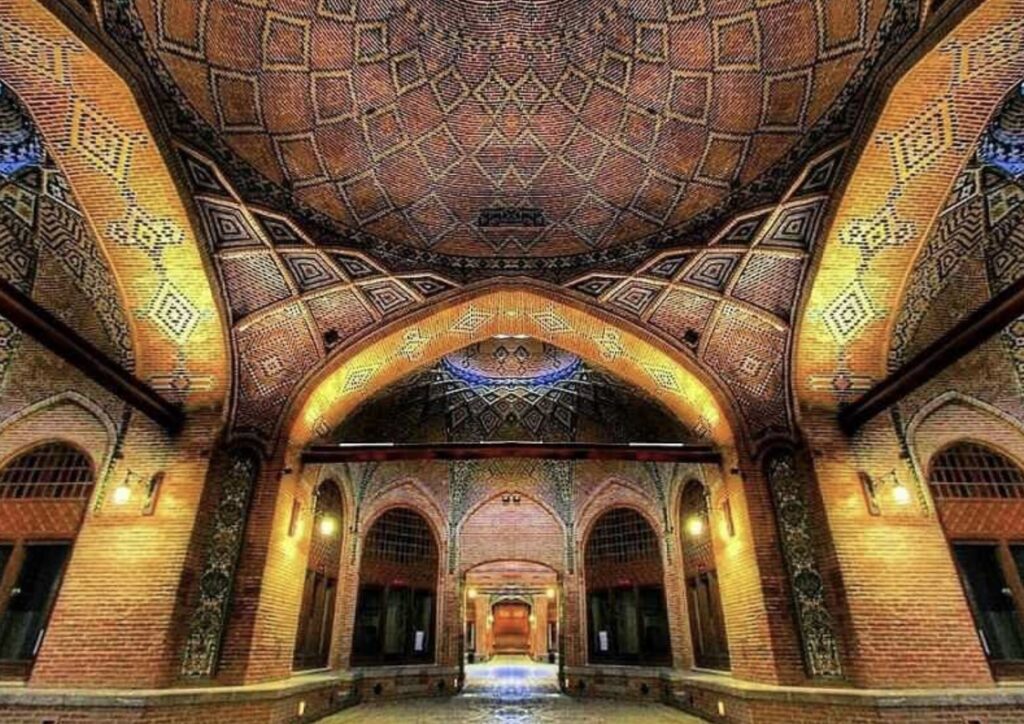
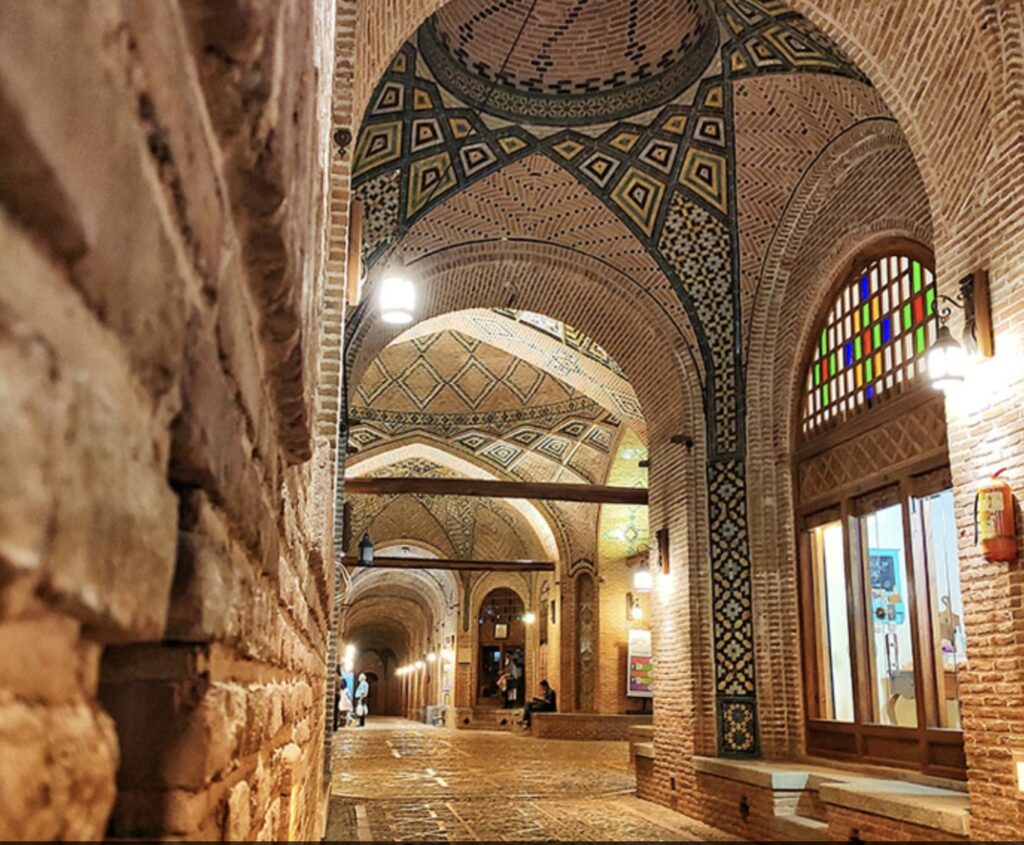

- Caravanserai of Shah Abbas in Isfahan: Built during the Safavid dynasty, showcasing beautiful Persian architecture.
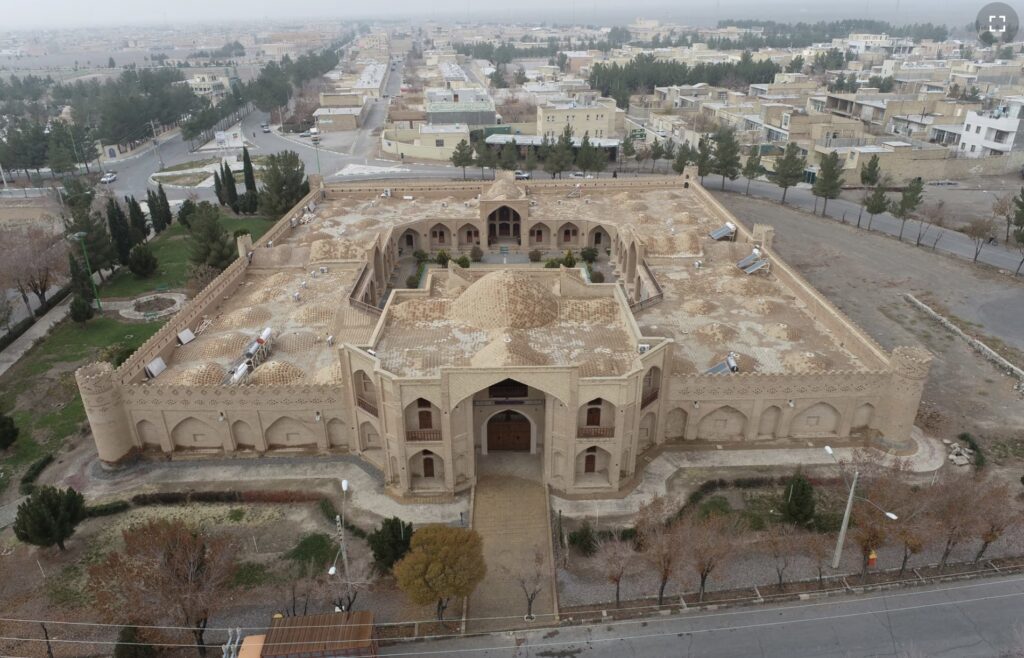
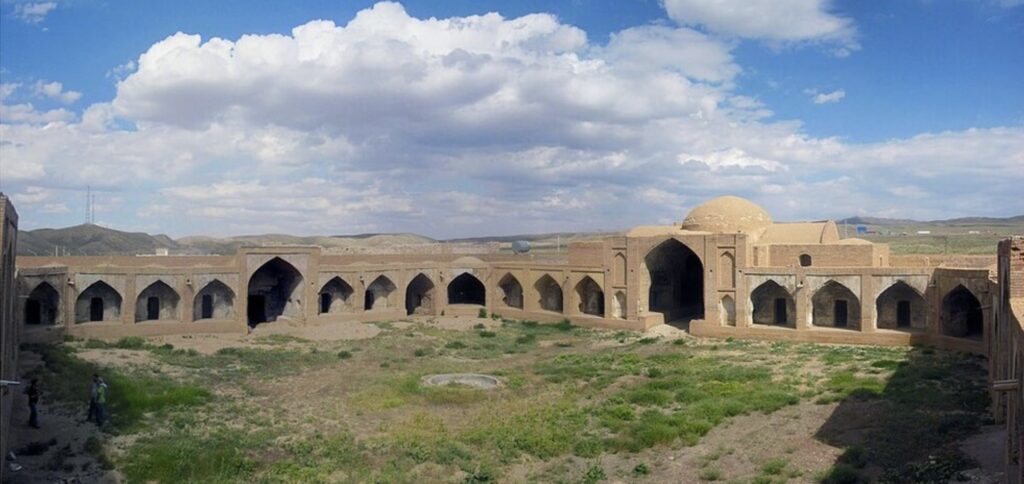
- Turkey:
- Sultanhanı Caravanserai: Located in Aksaray, it is one of the best-preserved and largest caravanserais from the Seljuk period.
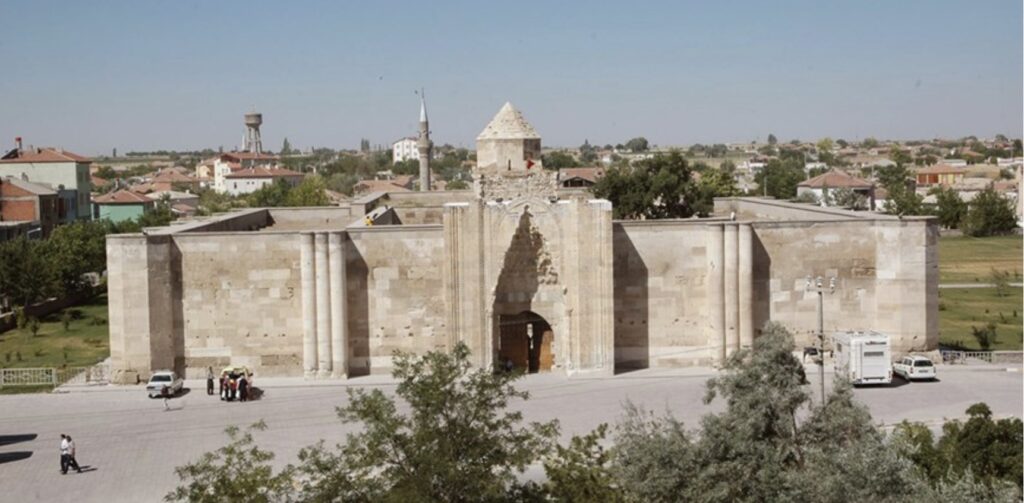
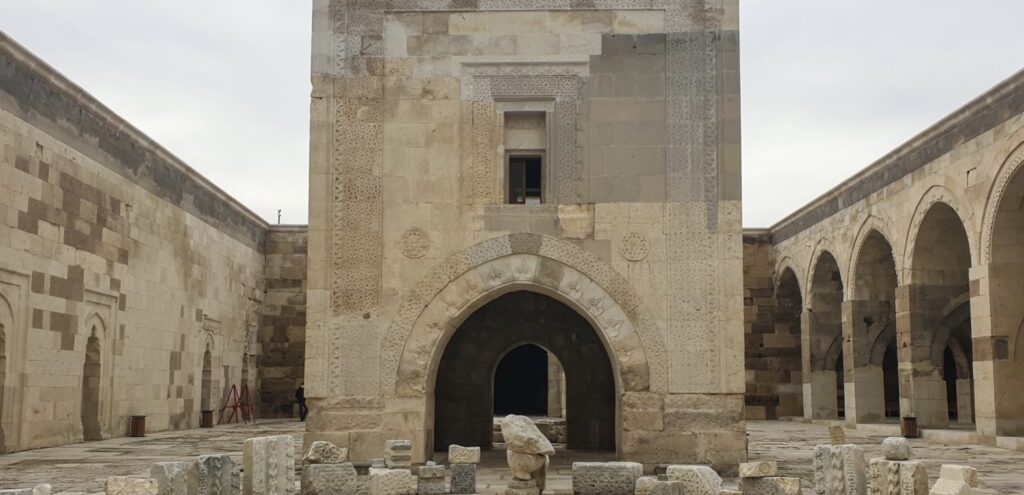
- Büyük Han in Cyprus: Located in Nicosia, this caravanserai is one of the finest examples of Ottoman architecture on the island.
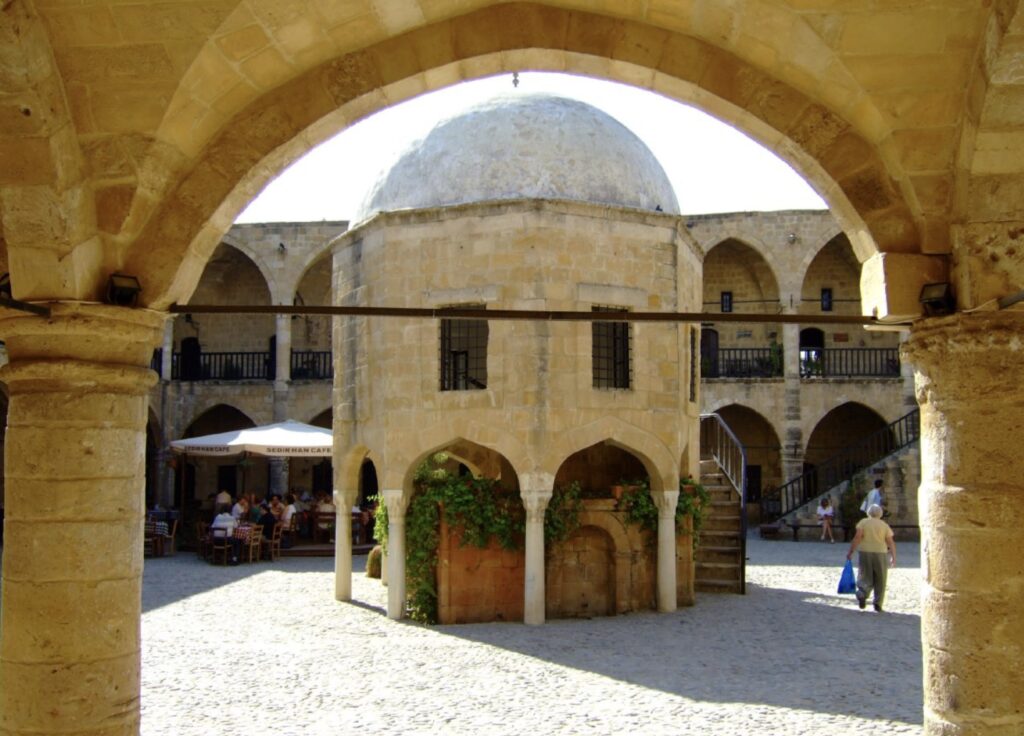
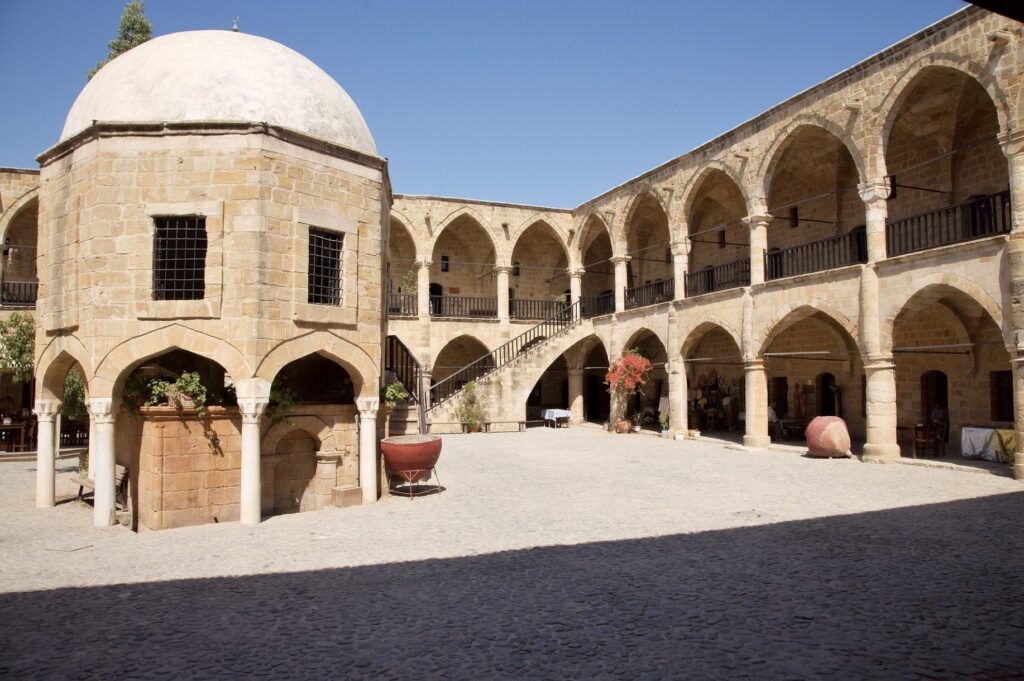
North Africa
- Morocco:
- Fondouk al-Najjarine in Fes: This caravanserai has been converted into a museum and showcases traditional Moroccan woodworking.
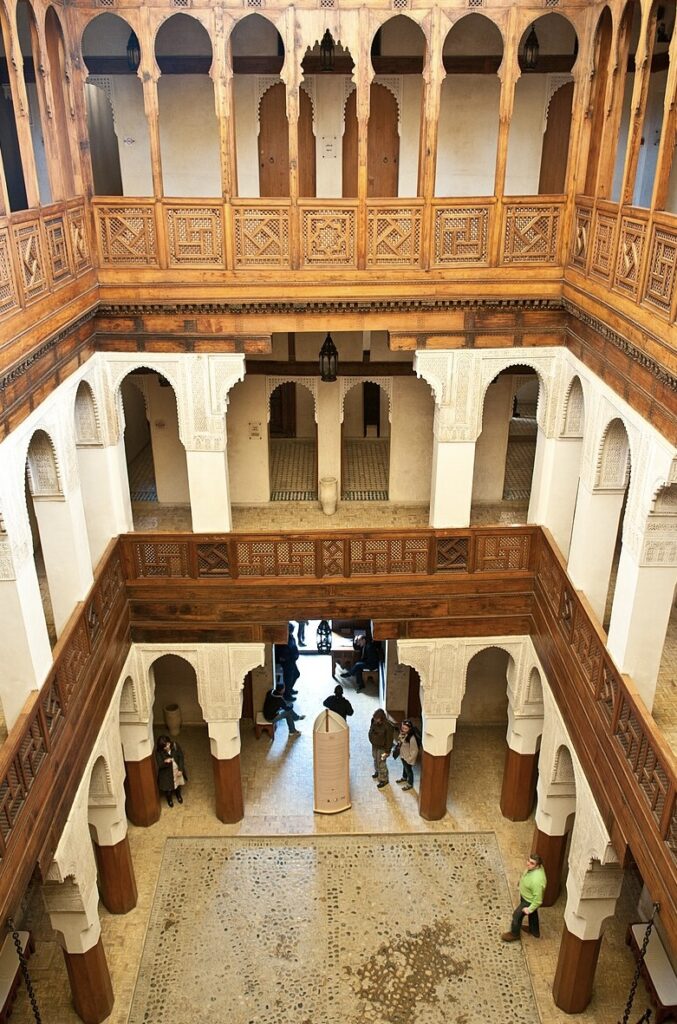
- Egypt:
- Khan al-Khalili in Cairo: While primarily known as a famous bazaar, it also has remnants of historical caravanserais within its structure.
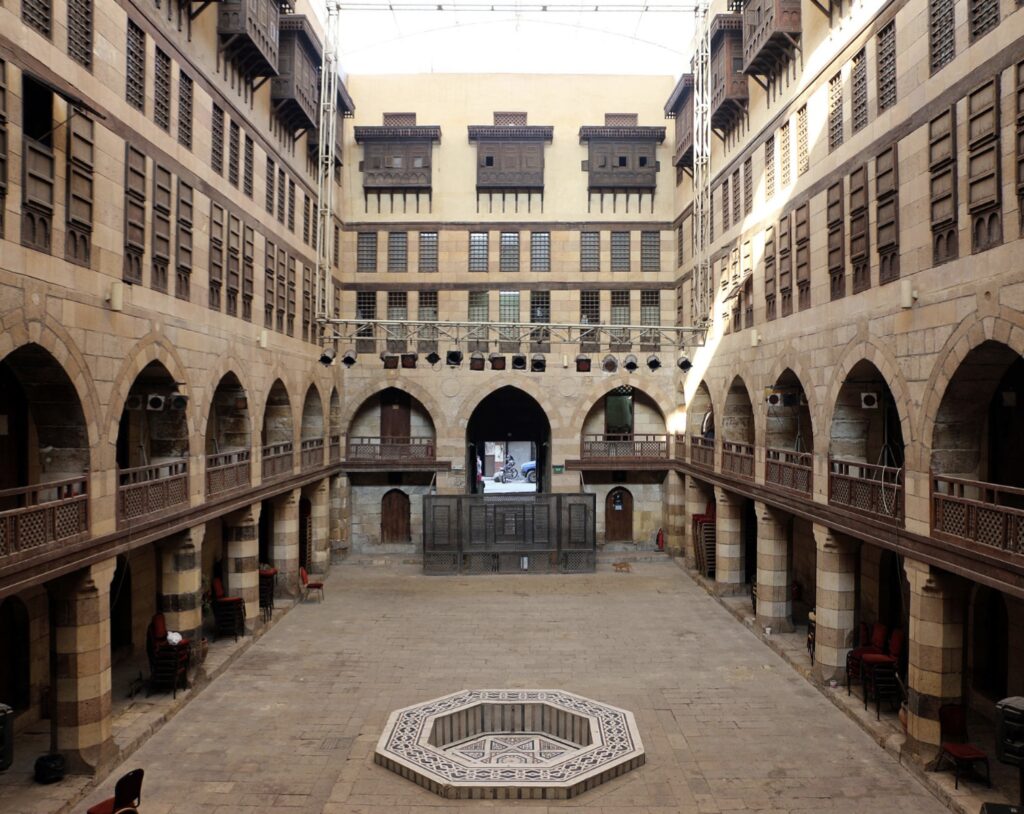
Central Asia
- Uzbekistan:
- Rabat-i Malik: Located near Navoi, it is a well-preserved caravanserai from the 11th century, part of the Silk Road heritage.
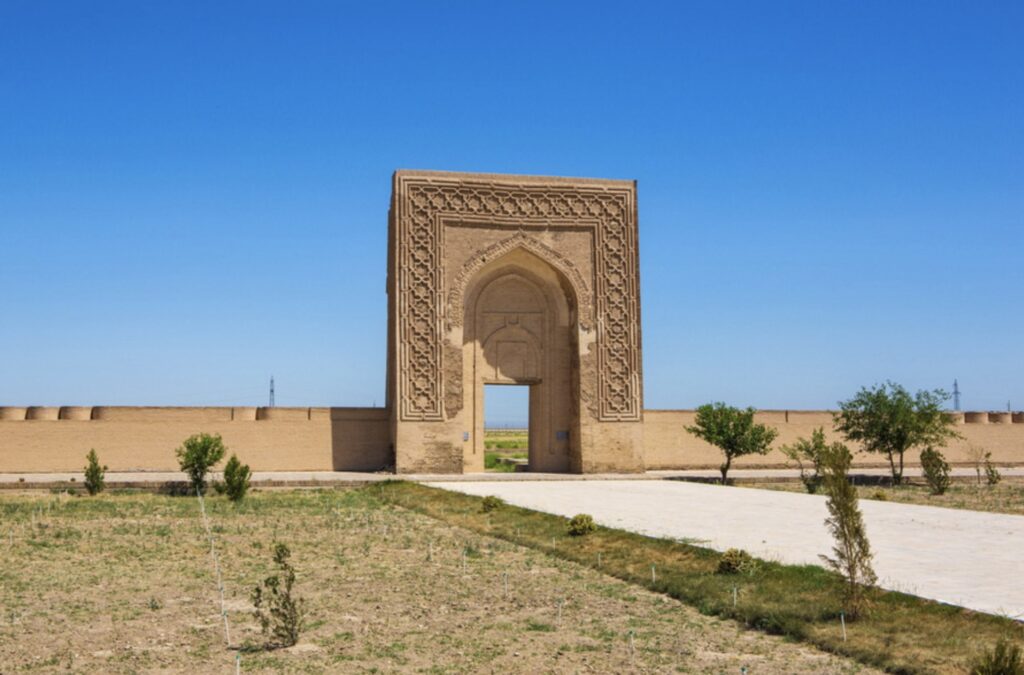
- Caravanserai of Tash Rabat in Kyrgyzstan: A stone-built caravanserai dating back to the 15th century, located in the Tian Shan mountains.
South Asia
- India:
- Sarais along the Grand Trunk Road: Many sarais (such as the Kos Minars) built during the Mughal era still exist along this ancient trade route.
- Rumi Darwaza in Lucknow: While primarily an architectural gateway, it served as part of the larger caravanserai complex.
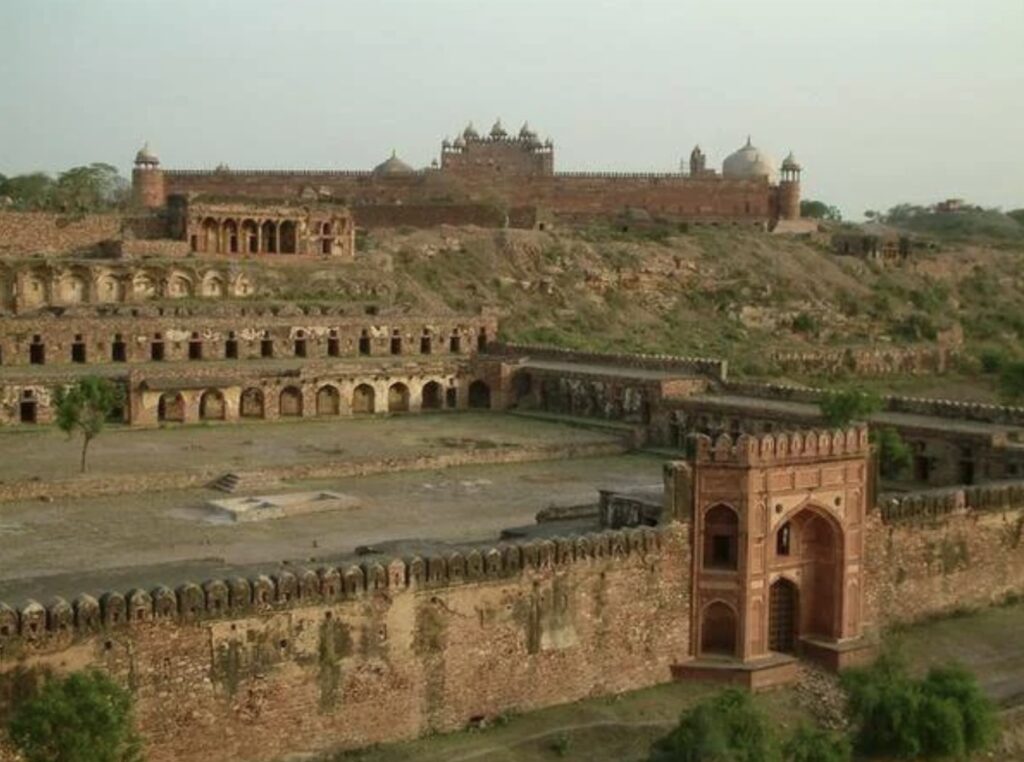
Caucasus
- Armenia:
- Orbelian’s Caravanserai: Located on the Vardenyats Pass, it dates back to the 14th century and is one of the best-preserved caravanserais in Armenia.
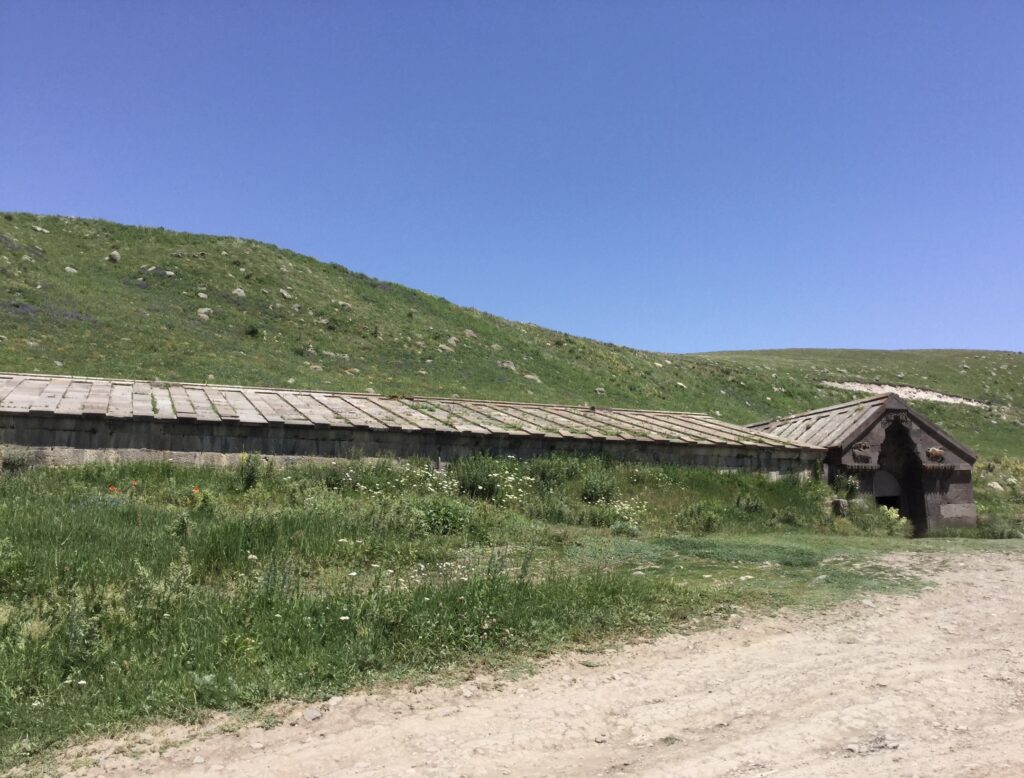
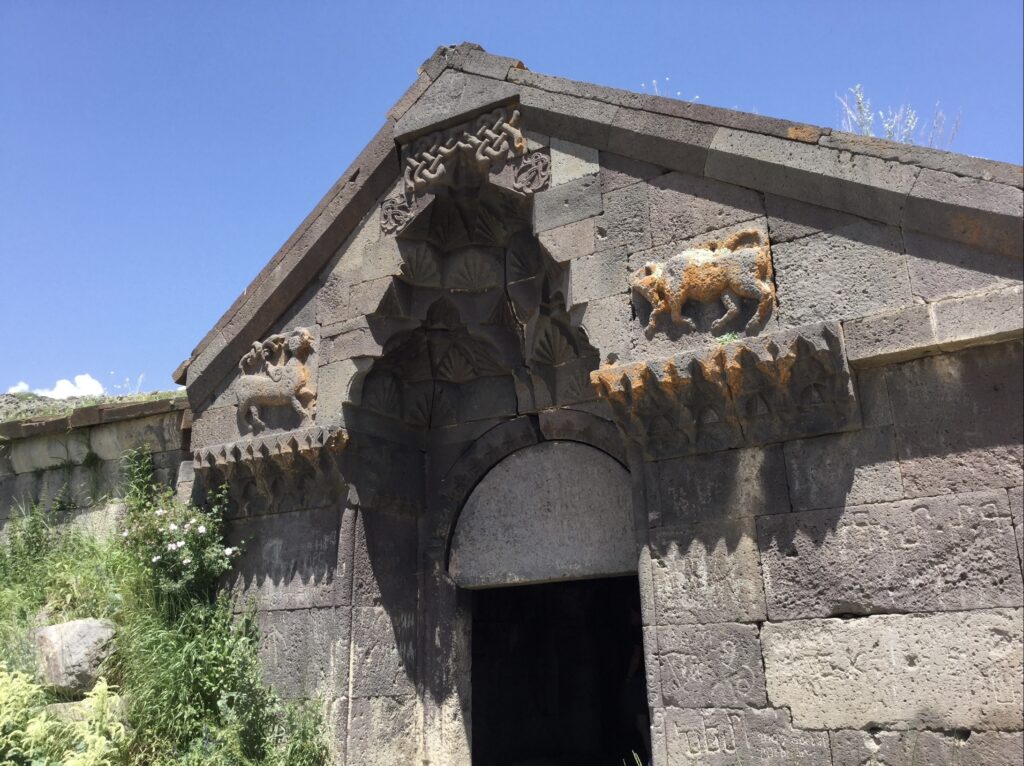
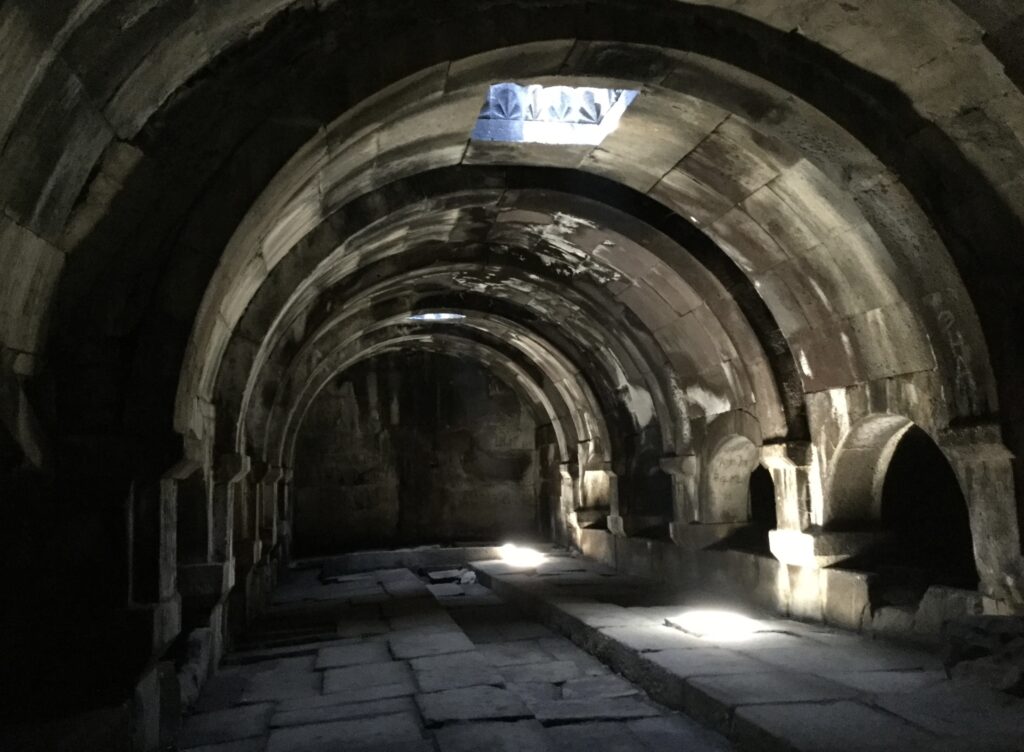
- Georgia:
- Tbilisi Caravanserai: Now functioning as a museum, it provides insights into the trade history of Tbilisi.
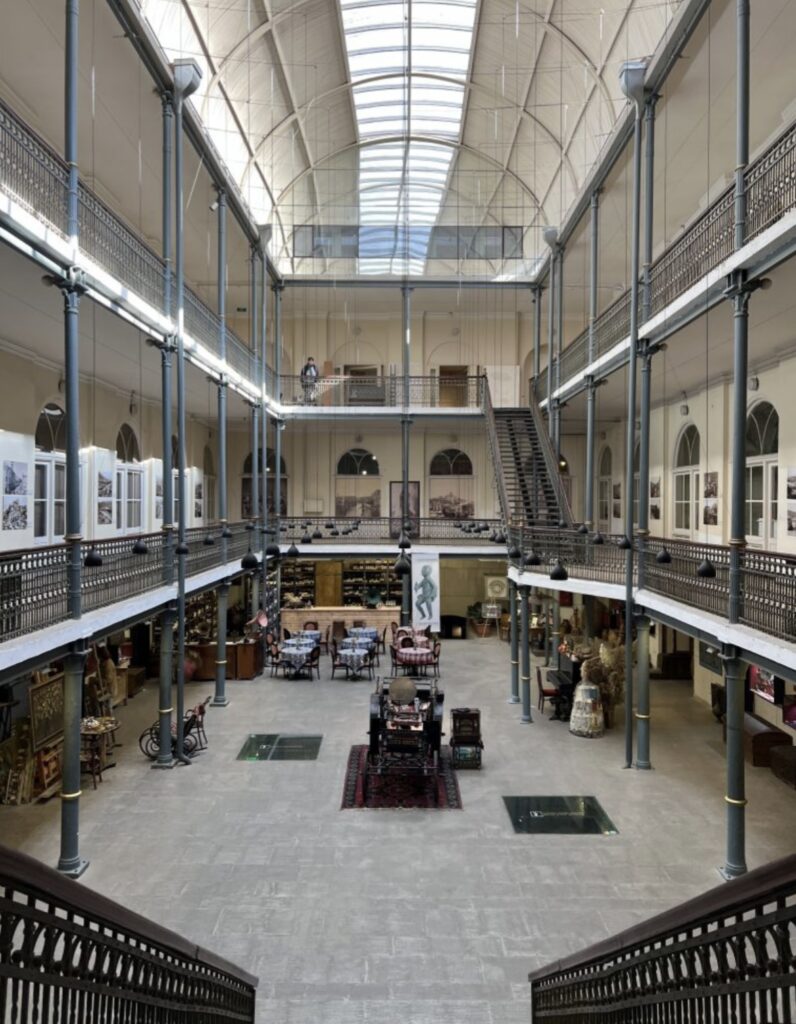
East Asia
- China:
- Yumen Pass (Jade Gate Pass): Located along the Silk Road, this site has remnants of ancient caravanserais and was a crucial checkpoint on the trade route.
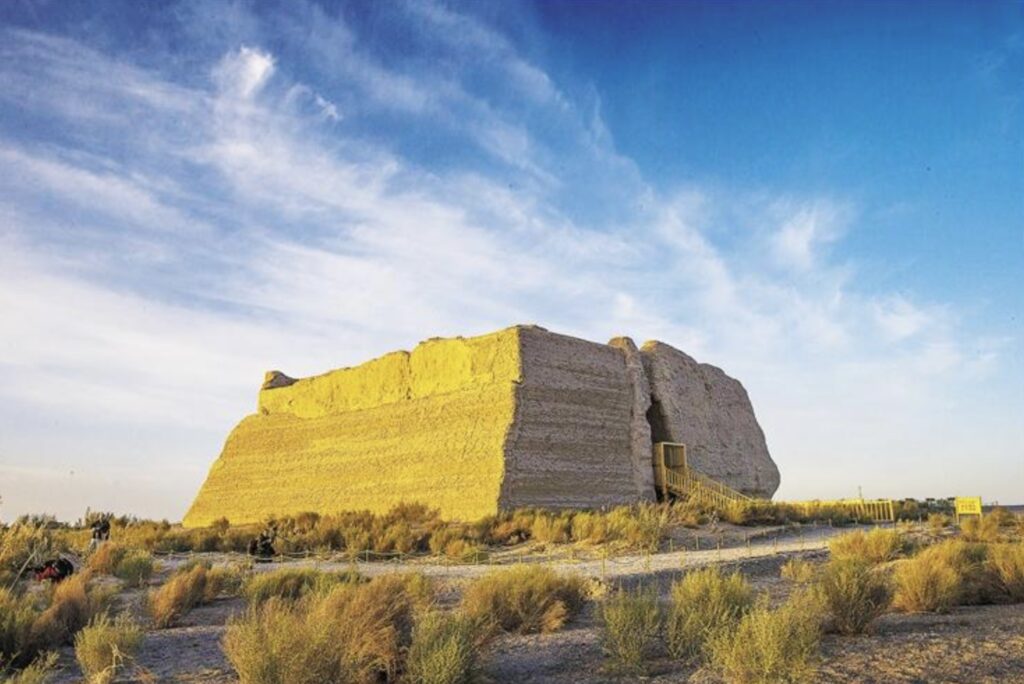
These caravanserais not only served as crucial stops for traders and travelers but also stand today as historical monuments, reflecting the rich cultural and architectural heritage of their respective regions.
